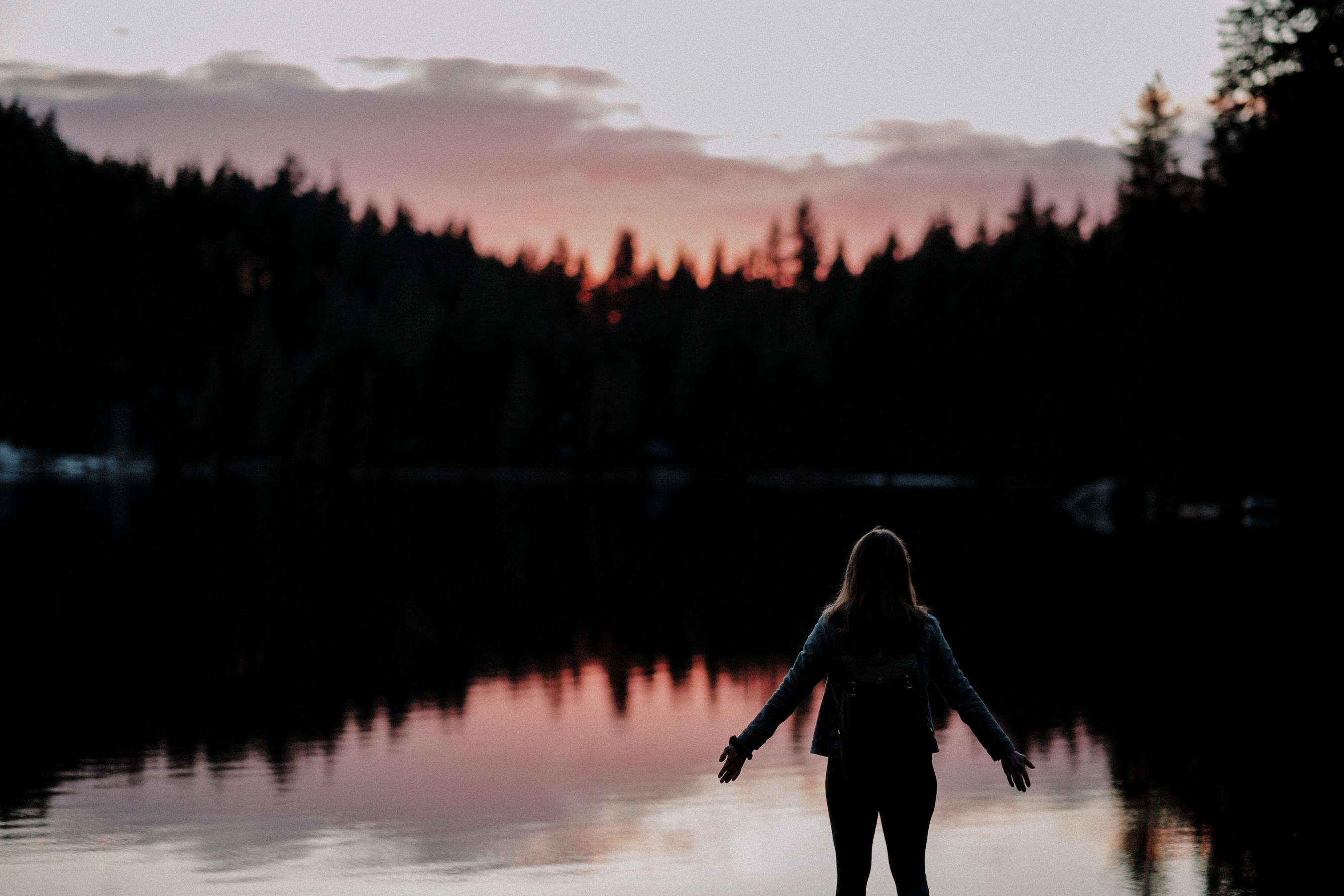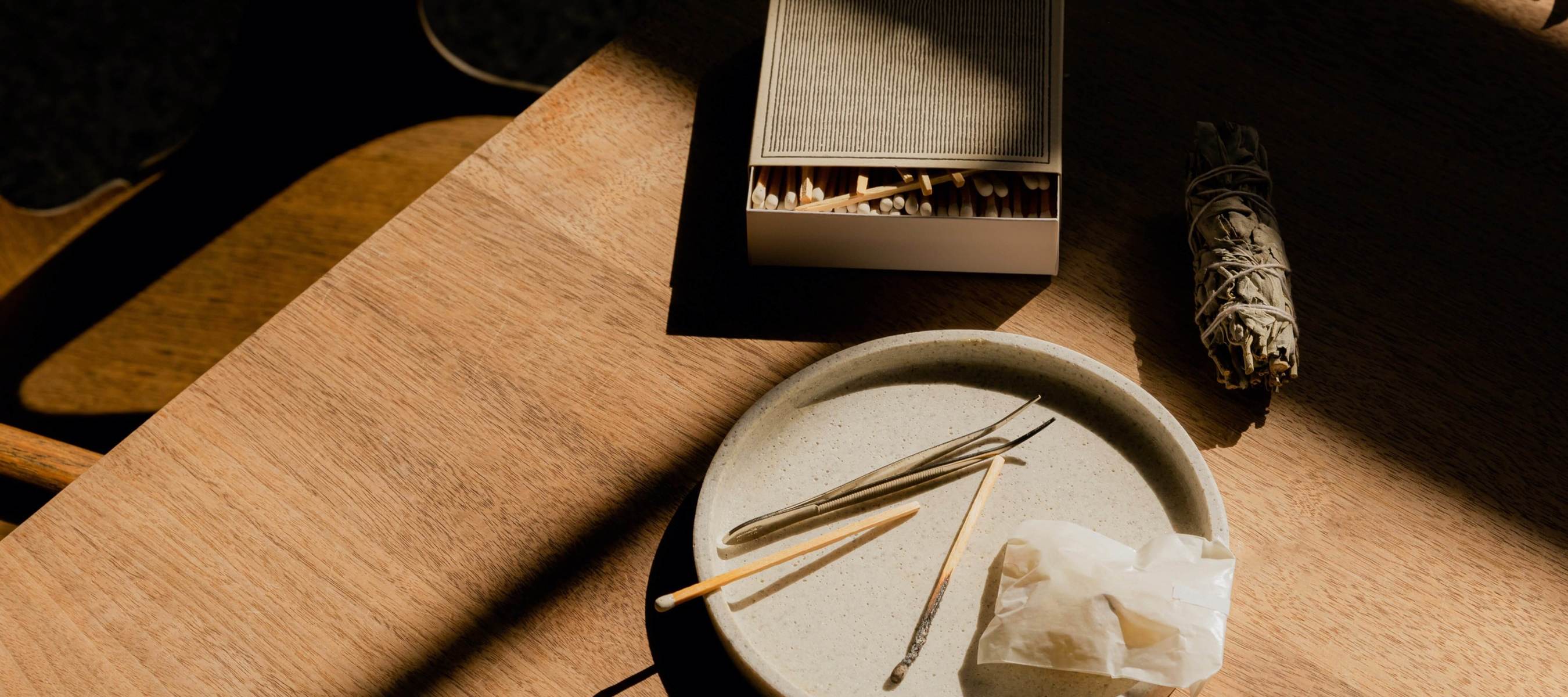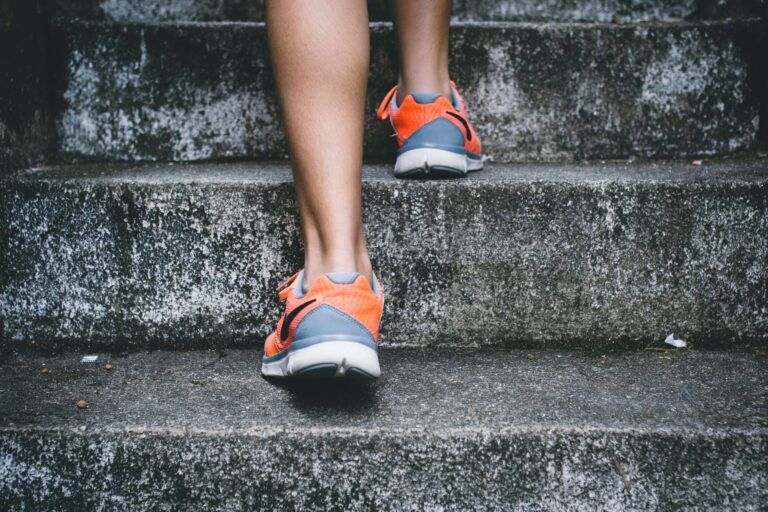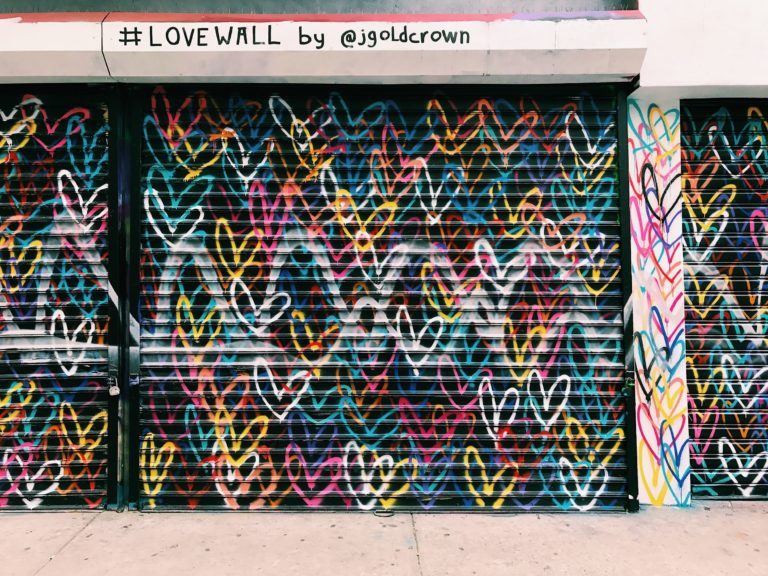The true beginning of my meditation practice came at a transformative period in my life. I was 19, coming out of my first year of college, entering the start of my twenties, teetering the line of what I understood to be childhood and adulthood. I had also, suddenly, shockingly, lost my best friend of 14 years. Grief, heartache, fear, red hot anger and uncertainty hit me like a ton of bricks. It took me a long time, but one of the ways I found some semblance of normalcy was through regular walks.
I was a novice. I didn’t have the tools or the language to call what I was doing meditation. I did know this: moving, focusing on breathing, connecting to my body and my surroundings grounded me and made the idea of letting go and moving through this dark time a little less daunting most days. And honestly, it just gave me something to do. I don’t think I’m alone in that feeling of extreme loss, in fact I think we all are feeling shades of loss now in varying degrees. Nor do I think it was abnormal to feel intimidated by mediation.
I spoke to Yinova acupuncturist Christa Wroblewski, who notices similar reservations in her students:
“To beginners,” Christa says, “meditation can often feel inaccessible because there is this misconception that we are supposed to be able stop thinking and, thus, experience mental freedom. I encourage my students to demystify the practice for themselves. The thoughts will come – always. The practice is geared towards recognizing our thoughts, smiling to them, and then letting them go. Meditation trains us to notice our thoughts and thought patterns so that, in time, we can respond mindfully rather than reacting habitually.”

Kimmel Yeager, Yinova’s Director of Operations, recounts a similar journey into her practice:
“I had floated in and out of a meditation practice for years,” Kimmel told me, “and then I found the Peak Program and Pete Kirchmer. The approach Pete taught me was about mindfulness. I always struggled with my practice because I had this sense of stress and pressure to turn my brain off. What I learned through Mindful meditation helped me focus my attention in a way that was useful to me, and in a way that I allowed my mind to ‘notice’ the world around me, and then to lovingly release that and come back to my meditation.” Over the past 10 years, my practice has evolved in many ways, but I still find myself getting stuck in my head. Stuck in the idea of doing it right. When I’m having trouble, I find it helpful to go back to my early routine of walking; tapping into my body, my breath, and moving mindfully with no set goal of getting somewhere. If I really need support and guidance, I find Tara Brauch’s teachings and podcast incredibly helpful.
Kimmel explained she too gets stuck in the narrative of meditating right. She says resources like the Peak Program and guided meditations through the Insight Timer App and the Equinox App have helped her on days she struggles to quiet the mind on her own.
Kate Reil, another brilliant Yinova acupuncturist, shares:
“Perhaps the greatest thing I come back to again and again about practice came to me from a Sanskrit teacher here in NYC, Manorama. She was part of a training I was taking years ago and said something to the effect of:
You don’t need to practice every day. Ever. Truly. But, when you really need your practice, you hope you’ve been practicing every day.
To begin, meditation is a practice of building our reserves, investing in yourself deeply. You will start to witness your ability to respond instead of react as sticky situations arise in your life. Then you are able to introduce an inner pause. From there, at your own pace, but surely over time, you will open to the wondrous depths that meditation practice has to offer you.”
Lastly,
I’m listening to a recording of my coworker’s 5-year-old son cueing a guided meditation as I write this. He is playful. He is earnest. He is patient. “Are you ready for your secret mission,” he says “10 deep breaths in and out ahhhh…I’ll wait.” He’s a kid with his mom. Just there, holding space.
My intention for this assignment was to provide you, dear reader, with a neat and tidy list of ways to begin your own meditation practice. I didn’t succeed in doing that. This blog is messy and unsure, like a lot of us, but I’m hoping these interwoven stories help you connect to this work in a way that a list might not have.
To me, this is what my practice embodies: connection, holding space, and returning to one’s self. We are all going through a huge, transformative time. I for one, am feeling familiar waves of grief, heartache, fear, red hot anger, and uncertainty in this moment, and that’s okay. Meditation, at its core, is a homecoming.
So I invite you to take a tall, comfortable seat, maybe lace up your walking shoes, take in your surroundings, connect to yourself, and breathe. Just breathe. Show up for yourself. Even if it feels hard. Even if you don’t want to. “10 deep breaths in and out ahhhh…I’ll wait.”




